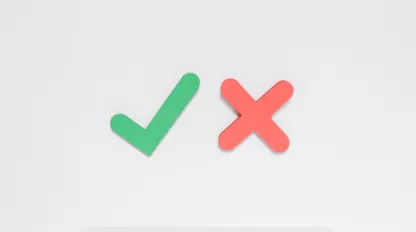How to Rank Your Website First on Google?
- 5 min read
- 0 comments

Ranking your website first on Google can significantly boost your visibility, traffic, and overall success. However, achieving this requires a strategic approach combining technical optimization, quality content, and user-focused strategies. Here’s a step-by-step guide to help you get there.
1. Understand How Google Ranks Websites
Google uses a combination of algorithms to rank websites based on relevance, quality, and authority. These factors include:
- Keywords: Matching search queries with your content.
- Backlinks: Links from other reputable sites to yours.
- User Experience (UX): Page speed, mobile-friendliness, and ease of navigation.
- Content Quality: Informative, well-structured, and engaging content.
Understanding these elements is crucial for crafting an effective strategy.
2. Perform Keyword Research
Keywords are the foundation of SEO. Use tools like Google Keyword Planner, Ahrefs, or SEMrush to identify high-value keywords in your niche. Look for:
- High Search Volume: Keywords with significant monthly searches.
- Low Competition: Keywords with fewer competitors.
- Long-Tail Keywords: Specific phrases that cater to niche audiences.
Incorporate these keywords naturally into your content, meta tags, and URLs.
3. Optimize Your Website
Ensure your website is technically sound and easy for search engines to crawl and index. Focus on the following:
- Page Speed: Compress images, use caching, and optimize code.
- Mobile-Friendliness: Use responsive design to ensure your site works well on all devices.
- On-Page SEO: Optimize title tags, meta descriptions, and header tags.
- URL Structure: Use short, descriptive URLs that include your target keywords.
A well-optimized website provides a strong foundation for higher rankings.
4. Create High-Quality Content
Content is king when it comes to SEO. Focus on:
- Value: Provide solutions to user queries or problems.
- Engagement: Use visuals, infographics, and videos to make your content more appealing.
- Freshness: Update your content regularly to keep it relevant.
- Structure: Use headings, bullet points, and internal links to improve readability.
Google prioritizes websites that consistently deliver valuable and user-focused content.
5. Build High-Quality Backlinks
Backlinks from reputable websites signal authority to Google. Here’s how to build them:
- Guest Blogging: Write articles for other websites in your niche.
- Content Promotion: Share your content on social media and reach out to influencers.
- Broken Link Building: Identify broken links on other sites and suggest a replacement.
Avoid buying backlinks or using spammy techniques, as they can lead to penalties.
6. Leverage Local SEO
If your business serves a specific area, optimize for local SEO:
- Google My Business: Claim and optimize your listing.
- Local Keywords: Include location-specific keywords in your content.
- Customer Reviews: Encourage satisfied customers to leave reviews.
Local SEO helps you stand out in geographically targeted searches.
7. Monitor and Improve
SEO is an ongoing process. Use tools like Google Analytics and Search Console to track your performance. Focus on:
- Organic Traffic: Monitor how many visitors come from search engines.
- Bounce Rate: Lower it by improving page load times and content relevance.
- Keyword Rankings: Track your position for target keywords and adjust your strategy as needed.
Regular monitoring ensures your strategy remains effective.
Conclusion
Ranking your website first on Google requires a combination of technical optimization, high-quality content, and consistent effort. Focus on understanding your audience’s needs, providing value, and adhering to best practices. While results take time, a well-executed strategy can help you achieve and maintain top rankings.


